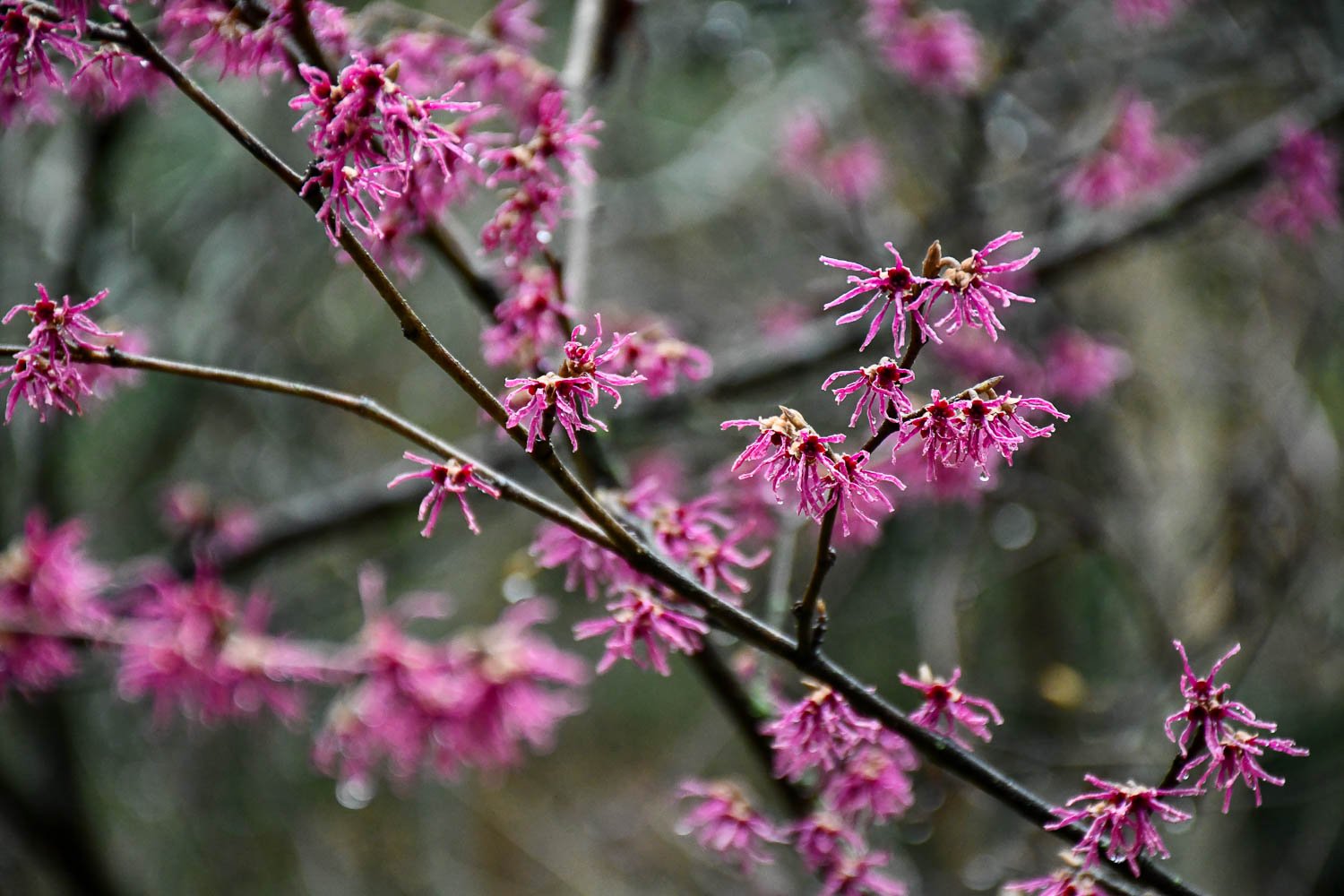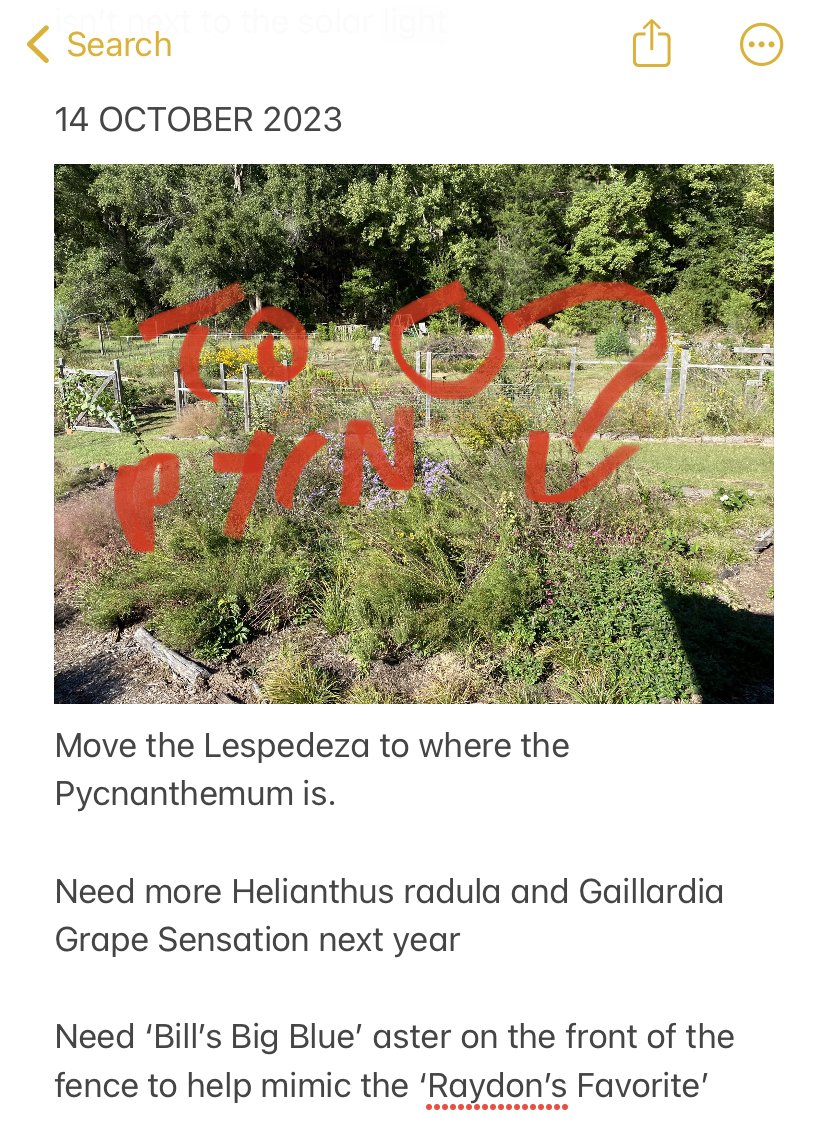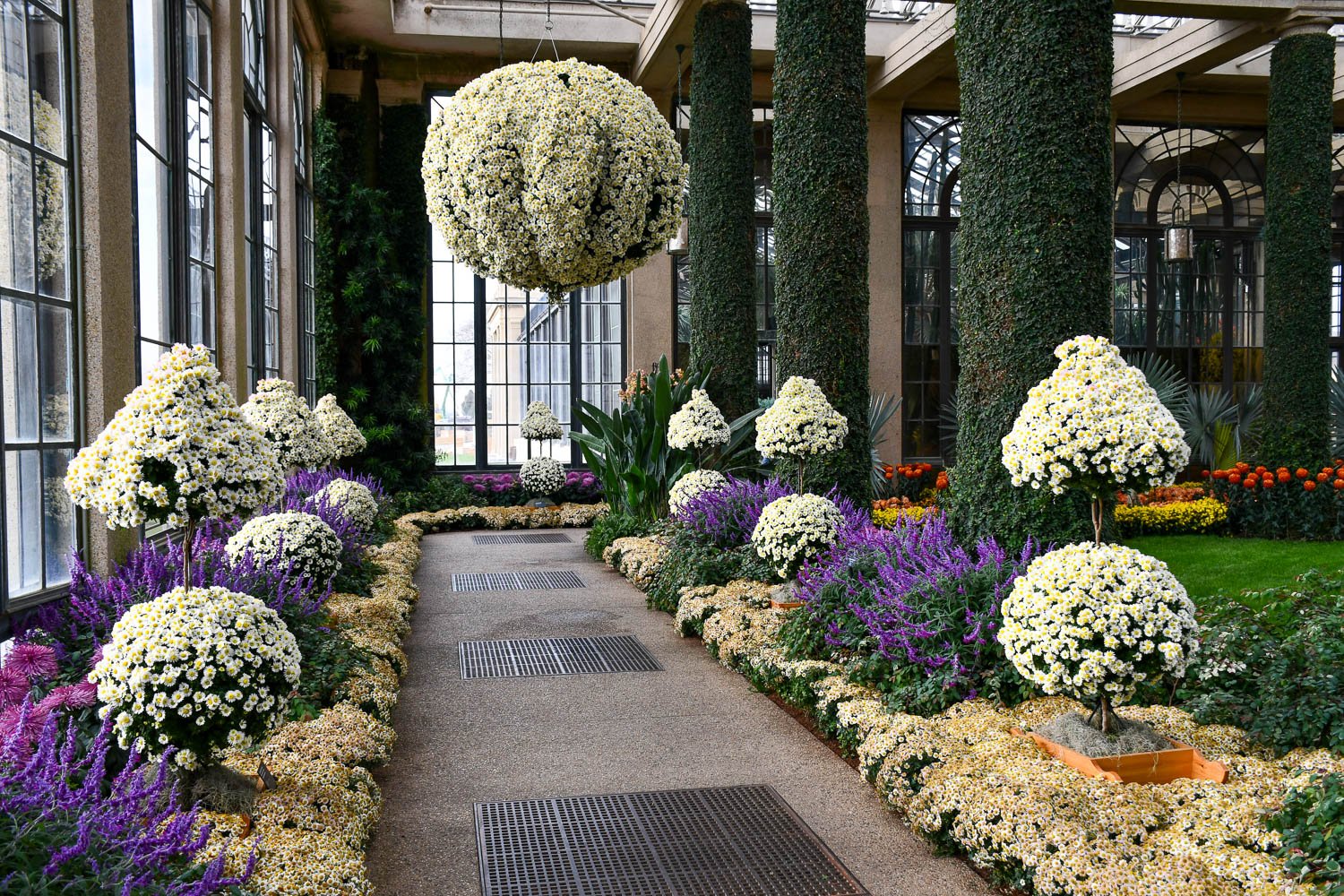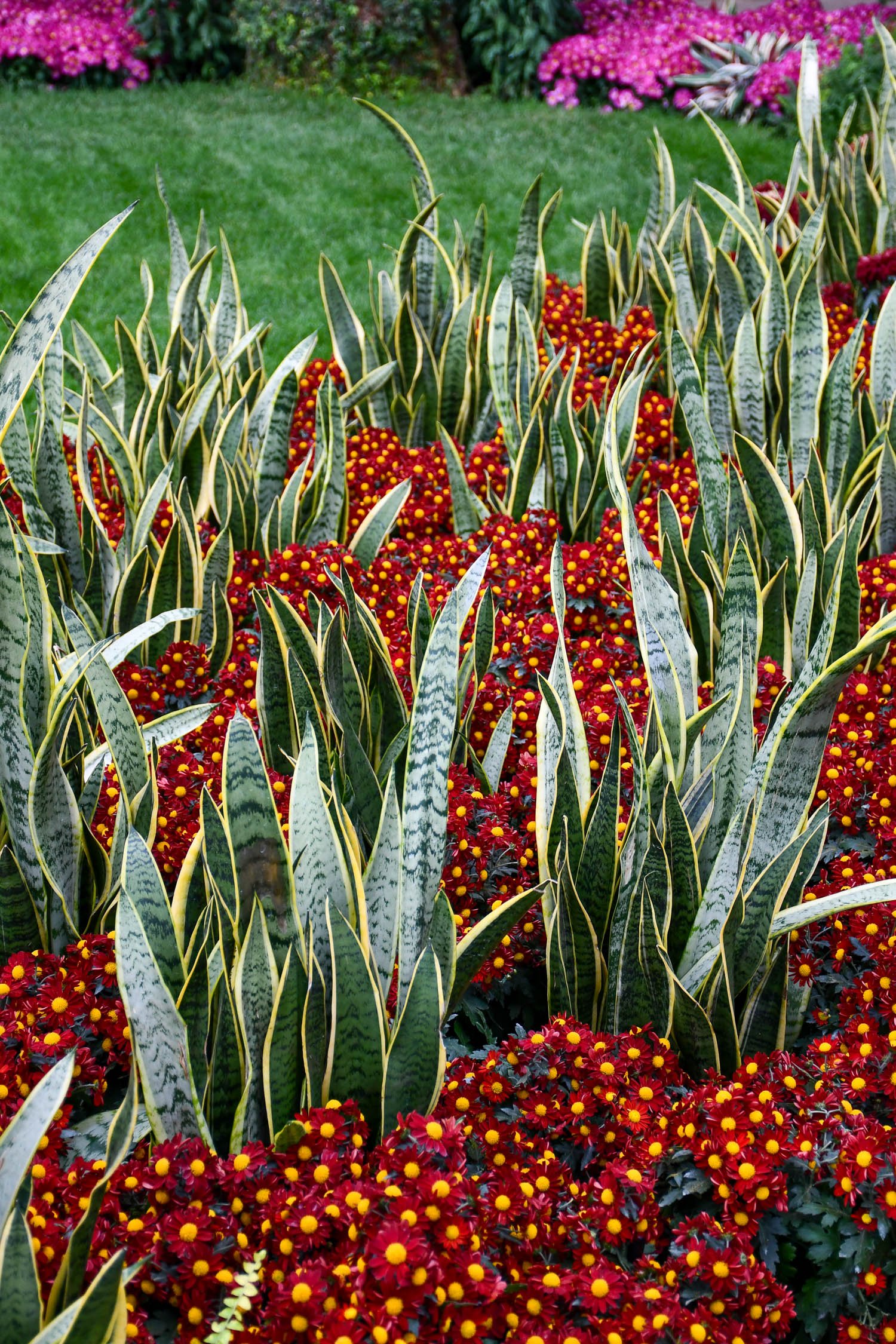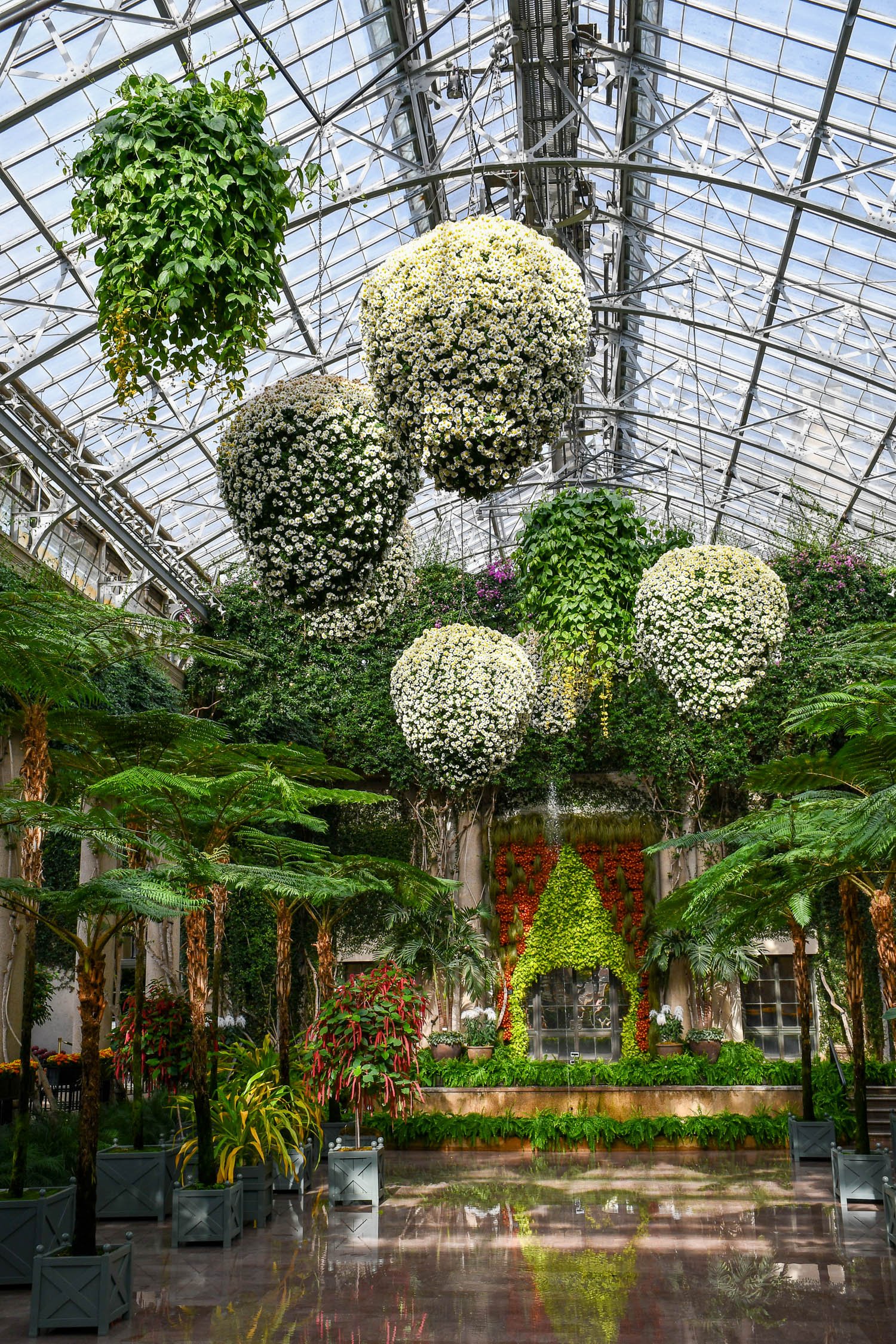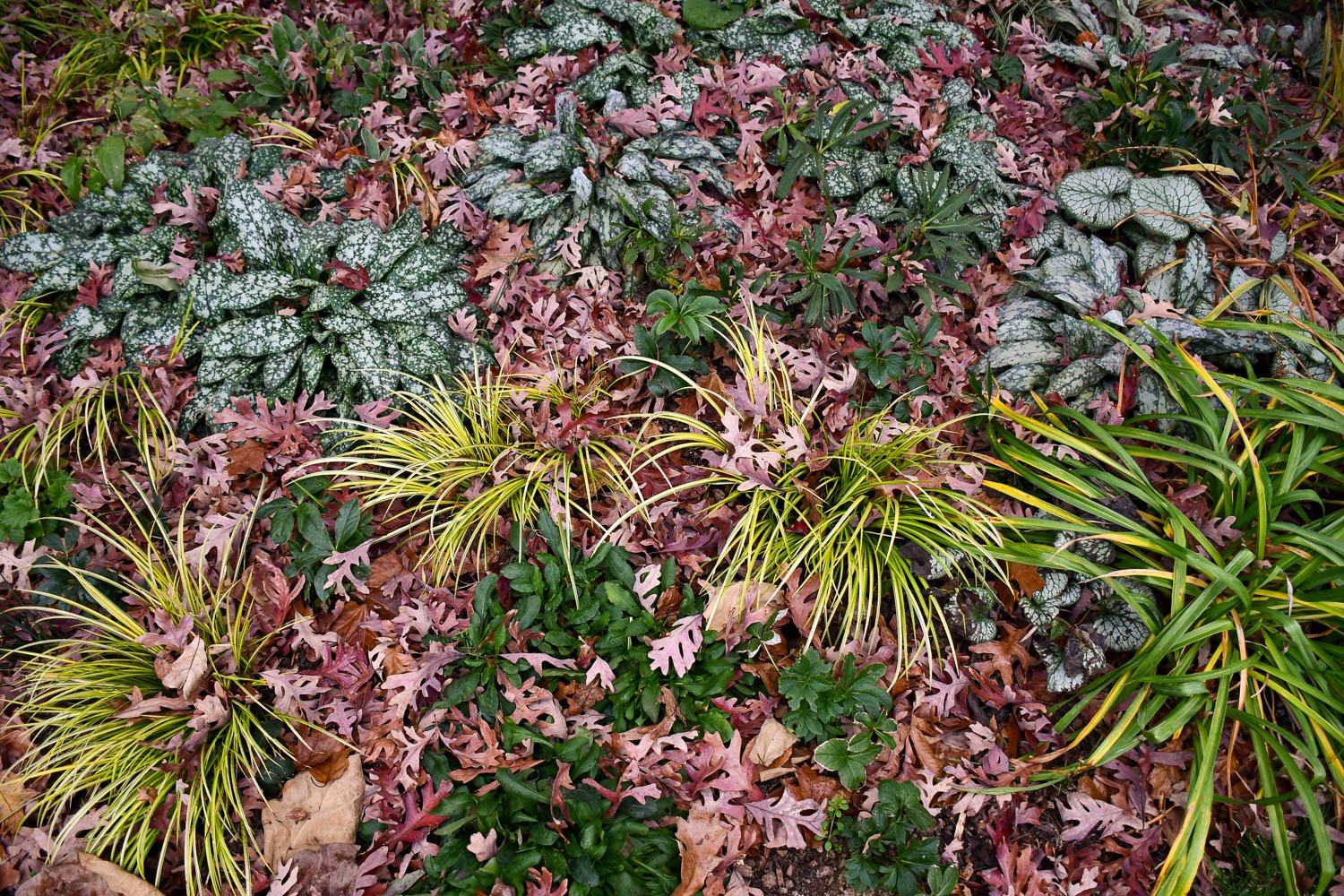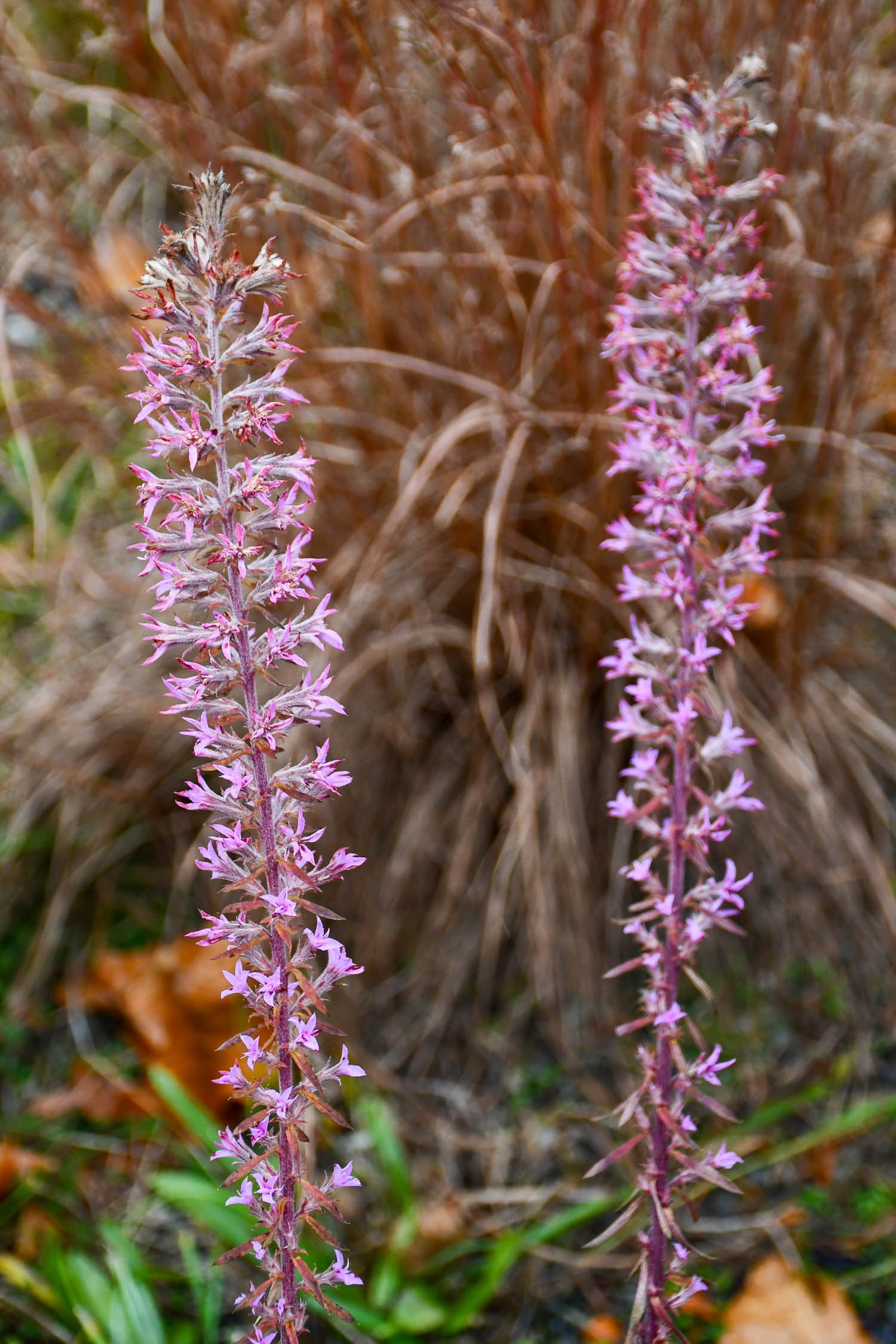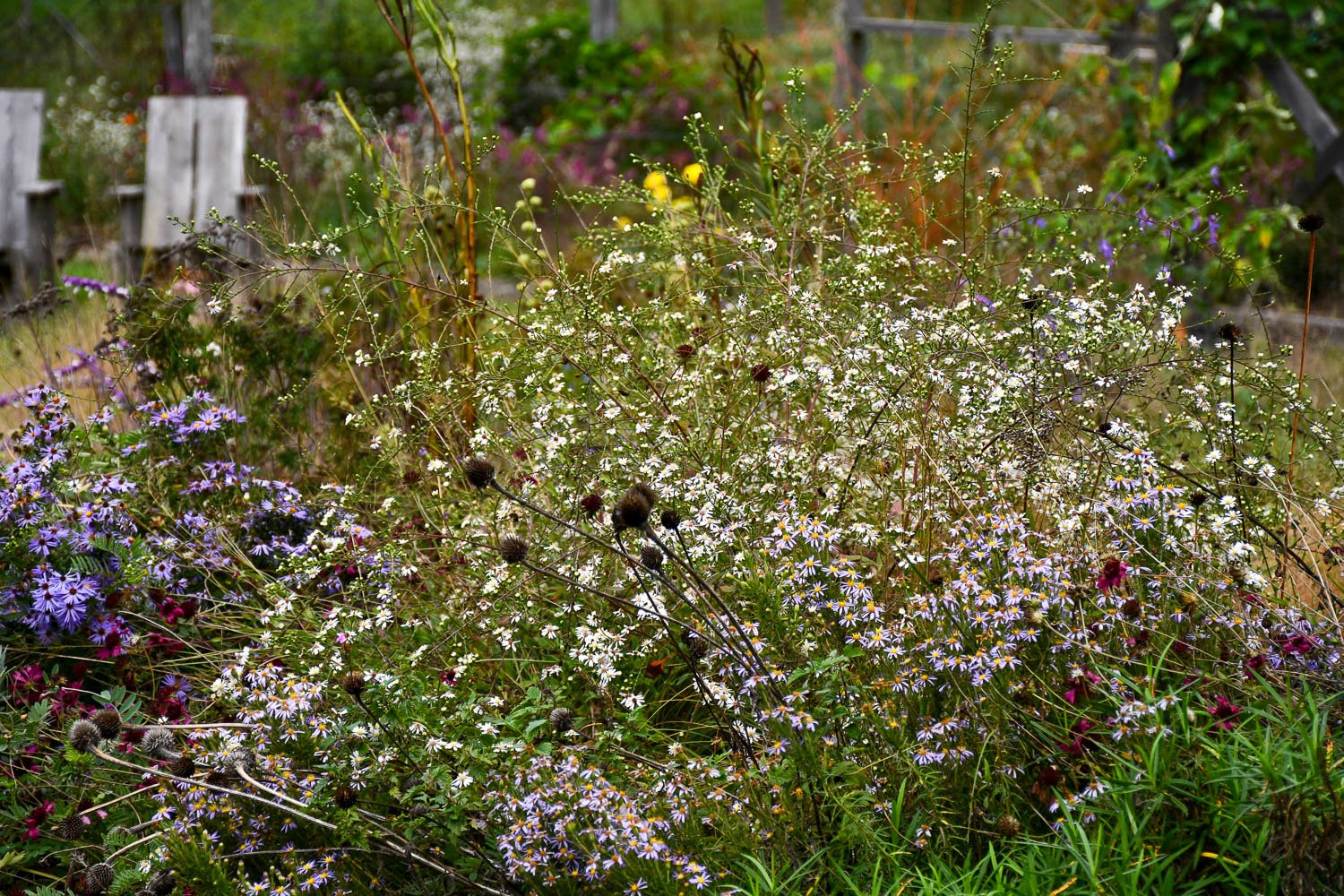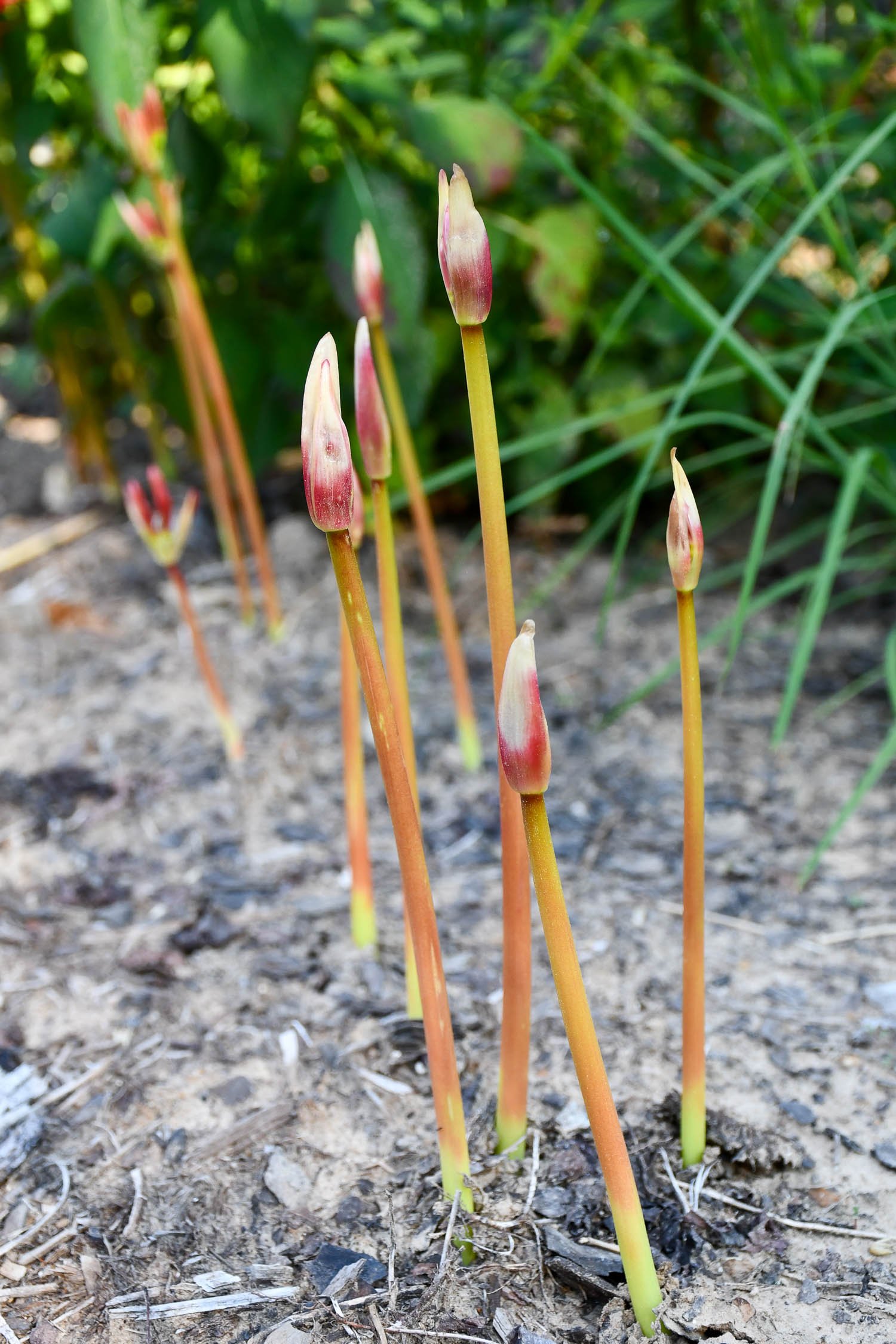The first weekend of March I headed to the city of brotherly love to speak at the Philadelphia Flower Show. This visit was my first time ever seeing the flower show inside. Karen and I went a few years ago when it was held outside in June, but to have the show inside much like it has been for much of its 195 year history is an incredible feat to witness.
The theme this year was United by Flowers, a focus on community and overcoming the loneliness pandemic that has only increased since the COVID. Most designs featured the ways that we connect with each other with plants or celebrating gardens as a way to come together. And, I wanted to share what I saw with you readers to give you a glimpse into this incredible spectacle. Enjoy the pictures and inspiration below.
The PHS Entrance Garden right at the entrance was a sight to behold. Water was the unifying element here, and this exhibit was the largest water feature in show history. A line of flowering cherries framed the view, flowers hanging above resembled clouds, the bouquets reflected beautifully on the water, and a rainbow of tulips and other bulbs up front provided a pop of color in the foreground.
There were also these pillars of flowers in the entrance garden as well.
Just a few of the many entries at the PHS Hamilton Horticourt, the nation’s largest judged horticulture competition. There are so many entries that they had three change outs of the items on display during the course of the entire flower show.
I helped judge the succulent teacups along with two other people. It was a fun exercise in evaluating plants for display, appearance, health, and rarity.
After judging I went exploring the flower show. My first target was Apiary Studio’s Right of Way that won the PHS Philadelphia Flower Show Cup for Best in Show – Landscape (also see header image).
Apiary Studio’s approach was to play off how America’s road system unites us and the plants that then grow on the shoulders of our nation’s arteries. But, I also felt it was also a play on words, that this approach to embrace these ecosystems as habitat and places where refugia exist for unique species is a right way of thinking. Instead of mowing them and spraying them we should relish them for what they are.
I loved their creativity in using the reflectors as plant markers, their plant-themed highway signs, and even having a guard rail to frame the exhibit. It left me asking what little things can we do in the garden to make our spaces more unified to theme or purpose?
And, unfortunately litter sometimes ends up on the right of ways. Another clever touch was using these paper mache trash bags to play off the ruinous landscape.
The Rhus (sumac) and dried forbs were a nice touch. There were comments made about how different this winning wildscape design was from winners in previous years. Most winners had more traditional landscapes, so I was excited to see this style of design celebrated.
Kelly Norris also played off the naturalistic design style with A Beautiful Disturbance. The design featured nature reclaiming an abandoned lot and celebrated how nature finds ways to heal that which we have disturbed.
Another shot of A Beautiful Disturbance showing the textures and colors. The plant material grown by Peace Tree Farm looked stellar, too.
I loved Kelly’s use of dried material like these Asclepias (milkweed) seed capsules.
I absolutely loved this America in Bloom exhibit by Jennifer Designs. It’s a floral USDA hardiness zone map! The theme here played off a floral roadtrip.
And from a distance Schaffer Designs installation Connected A Floral Legacy appeared as exploding floral clouds above the USA map.
Mark Cook Landscape and Contracting won second place for Two Worlds, where a modified shipping container featured a place to connect with people and beyond a green oasis was a delight for the senses. The Corylopsis (wintersweet) was a nice touch on plant material choice.
Generations by Susan Cohan Gardens was a more ecological take on the outdoor dining area. There was a place for generations to eat (even a high chair!) and there was space in the garden for insects and (not pictured but on the other side) bird houses to rear their young.
And, then some displays like Jacques Amand Circle Of Color were just a riot of blooms. Think of the timing it takes to make sure that all tulips bloom together at once.
Laurel-Brook Gardens installation Celebrate was a colorful exhibit that featured seating area and (not pictured) a backyard projector showing family photos.
I just loved these spray painted branches. So simple and yet so effective.
And for some gardeners connection to other people occurs in the kitchen garden and allotments. Students at Delaware Valley University did this garden called Lettuce Turnip the Beet. The different beds focused on the uses of plants beyond just their edible uses. A green roof and rain barrel also illustrated sustainability.
Another garden that featured how food connects us was Mercer County Community College’s Two Cities One Garden. It was an educational exhibit to show the process of urban farming. Inside the shipping container were posters about food handling.
Temple University’s Piers, Progress, and Processes focused on the waterfront and wet habitats. They brought attention to rising sea levels and the impact that might have. If you look closely at the center of the image you’ll see where they cleverly used Symplocarpus foetidus (eastern skunk cabbage) in their garden.
And, then Waldor Orchids had a flair for the tropical with Vanilla, an exhibit about one of the world’s spices that connects us.
Students at Rowan University had a cool exhibit about a smell wheel fan. They are taking a class on smells in the garden and visitors could spin the wheel fanl to smell something. I got spicebush (and was one tick away from getting skunk cabbage!). You can read more about this project here.
I delight every time that I see Hudson Valley Seed Company’s packets. They are such a good example of how we can graft a concept like art into horticulture and do it in a creative way.
Before leaving the flower show I was stunned at the number of people that flooded in. The entry garden that had hardly anyone earlier in the day was full of shoulder-to-shoulder traffic.













































